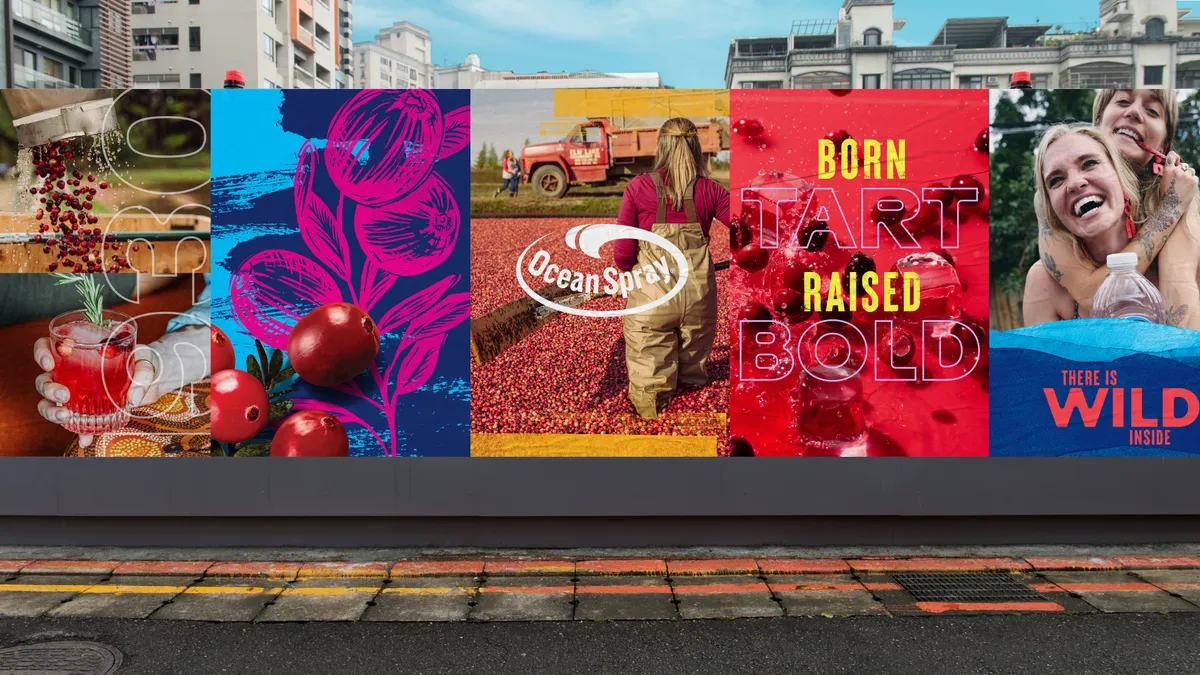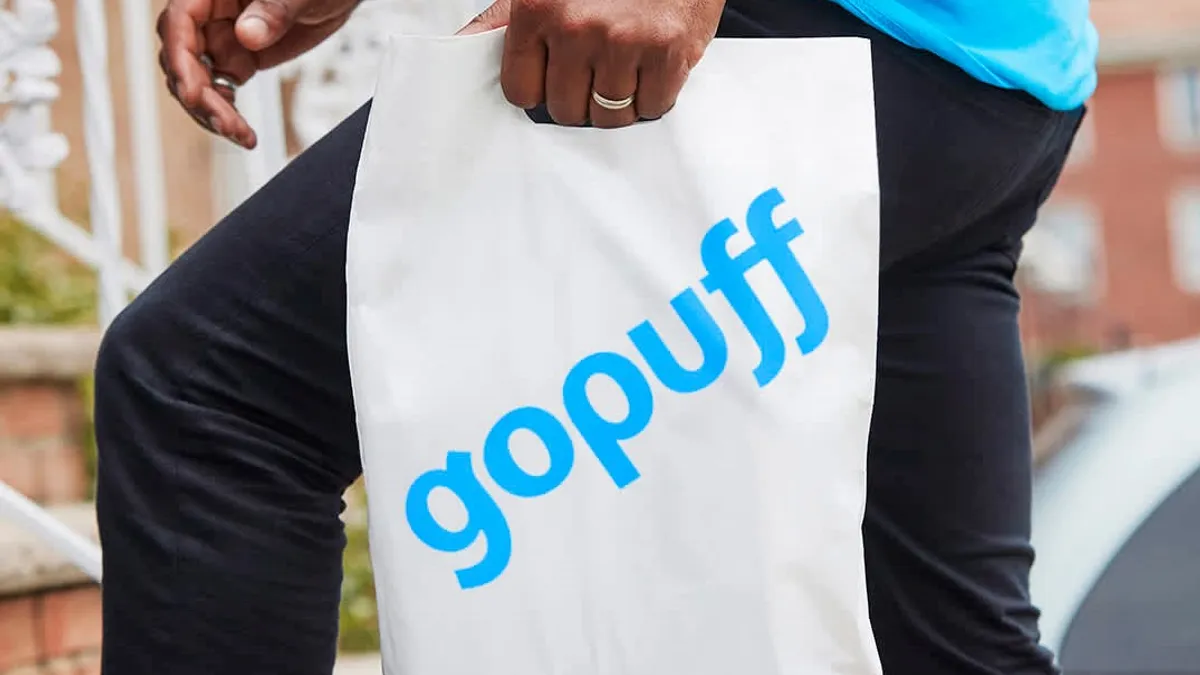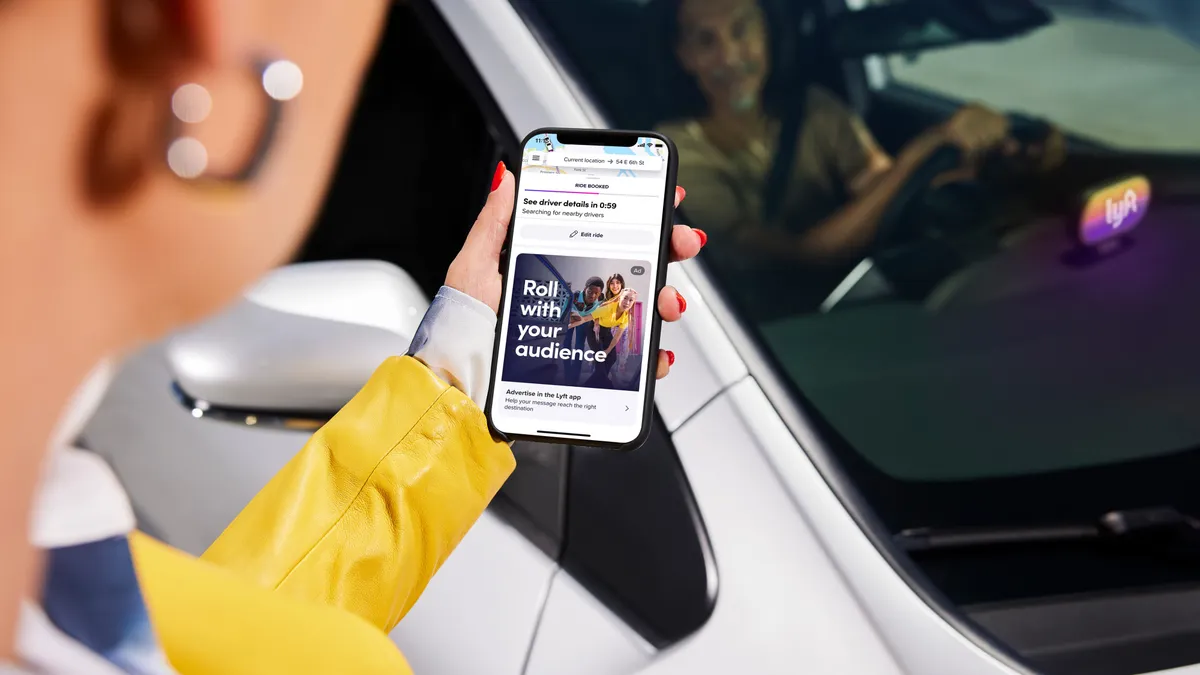Editor's Note: The following is a guest post from Werner Geyser, founder of Influencer Marketing Hub.
A few weeks ago, while watching a demo of Ivvi (an influencer marketing platform the team at Influencer Marketing Hub reviewed here), the presentation took a slight detour. Taylor Klick, Ivvi's founder and CEO, was showing me the kinds of data that the platform provides her customers. As far as influencer data was concerned, there were a few of the standard demographics — age/gender/location, that kind of thing. She then showed me all the audience data that Ivvi provides, all of it psychographic information.
"What about demographics?" I asked. Klick responded directly that she didn't think they were much relevant these days. Psychographics, she explained, are where it's at. I'm paraphrasing, of course. People's likes and dislikes, their musical tastes or political leaning — all of this paints a much more actionable picture of the consumer than knowing how old they are, or what color their skin is.
It's not that psychographics is a new phenomenon. It's just that before the days of Big Data, the intel was a little hard to come by. Consumer surveys were a long and expensive process, often with too-small sample sizes for the findings to be of any use. Demographic information, on the other hand, was a matter of public record. That kind of data was readily gleaned from sources like government census data and property and tax records.
In those days — from the earliest attempts at media advertising through to the 1980s — a less progressive culture made it easy to figure out buying patterns from such basic information. Kitchen appliance ads were directed at women, cars were sold to men. Those sorts of attitudes don't hold up anymore and they certainly aren't optimal for modern tactics like influencer marketing.
A wealth of data
Psychographic information is far easier to come by in the present day. Businesses no longer need to invest money hiring researchers to conduct surveys on their customers, trying to figure out what makes them tick. Consumers voluntarily share that information every day on social media. Meanwhile, data mining and analytics companies like Cambridge Analytica hold 4,000 to 5,000 data points on nearly every adult in the United States (their CEO, Alexander Nix, claims they have it for every adult, but that's not provable).
Still, that's a lot of data floating around. With everything we 'like' or retweet online, and even the words we post, modern computing's algorithms and AI engines are able to make sense of it in uncanny ways. You can see this in action for yourself at ApplyMagicSauce.com, where connecting your Facebook and/or Twitter accounts will give you a detailed report of your personality. For me, it was eerily dead-on in places.
What this means for marketers is the ability to get into the minds of consumers like never before. It's not just knowing what they like, but why they like it.
Tying in influencers
For influencer marketing specifically, this kind of insight opens the door to more segmented, targeted campaigns. This kind of precision marketing has now become a necessity for success. The last 24 months saw the creation of 230 new influencer marketing-based businesses (mostly platform developers and influencer agencies). In a crowded market, it's going to become harder to get audience attention. With psychographics, marketers can deliver content that carries a targeted, emotional appeal.
A company promoting a single product can segment the campaign along these psychographic lines and reach people in the ways they know they’ll be most receptive. Let's use the smartphone as an example, because that's a product that knows no bias. Most people love their smartphone — across ages, races and along the gender spectrum.
One strategy could be the targeting of popular photographers on Instagram; they could showcase the camera on the phone. You start looking into the audience psychographics to learn about all the other tastes and preferences prevalent in their personalities, and then the content is geared towards these different segments you've identified. Environmentalists get nature-based photographs in their feed, while those into fine art get shown more surreal creations. Progressives could be shown photographs of a diverse group of friends having Pinterest-styled backyard parties. You're delivering people the kind of content you know will resonate with them because you've got those 4,000 to 5,000 data points on each of them.
Looking forward
Don't forget, too, that many of today's — and many of the future's — influencers are millennials, a generation that has lived at least a majority of its life online. The generation after them, Gen Z, doesn't know a world without social media. If most people over 40 today have that much voluntary data about them available, imagine how deep into the psyche the next generation will get. Brands and agencies — and influencer marketing platform developers —that continue to rely on demographic information alone do so at their own peril. It's not too far off that relying on it even a little might be an obstacle.
Tastes and preferences are constantly shifting and bleeding across demographic lines — they always have been, actually. It was only 100 years ago that pink was considered the obvious choice for a baby boy. Today we think of those as more feminine colors, but even with that: five years ago, Bic made a pen "For Her" and was basically laughed off the internet. Those kinds of assumptions are conventions of the past, and don't really fit in with influencer marketing's modernity. Psychographics, on the other hand, provide a clearer and sometimes more detailed window into the consumer's head that makes for a natural fit.






















